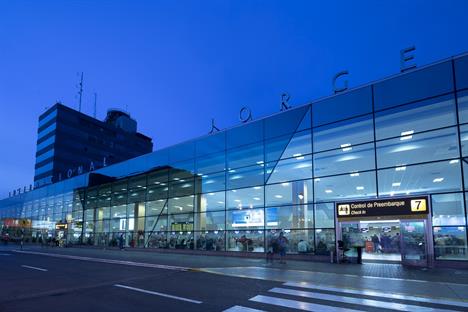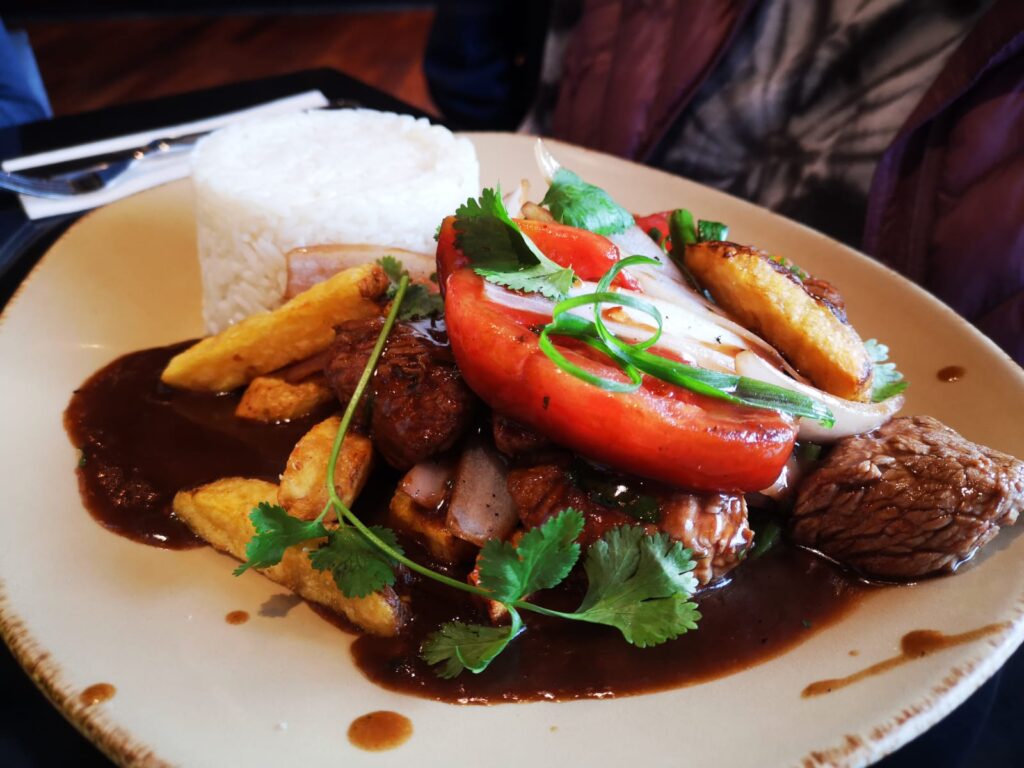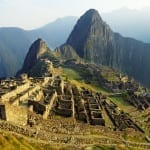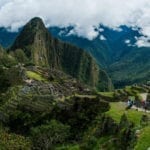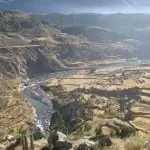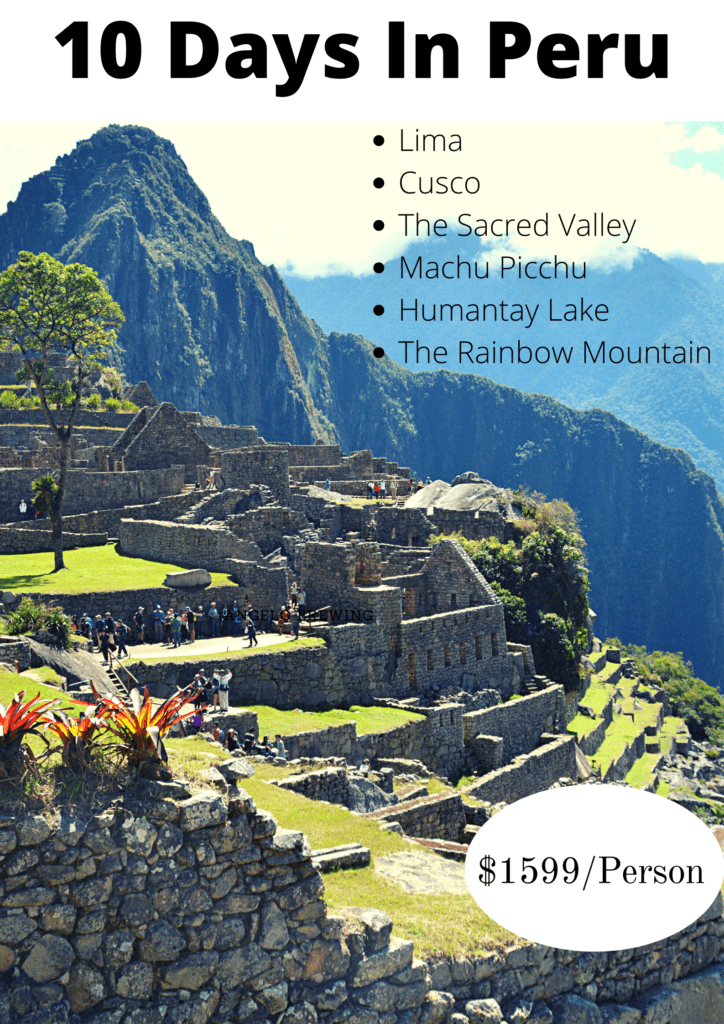Guide To Tipping In Peru
James Bustamante is Native to New York but born to Peruvian parents. He has been traveling throughout Latin America since early 2003 and finally made his home in Peru. James has made his way by eating and traveling through almost every country in Central and South America.
Last Updated on January 17, 2023 by James Bustamante
One of the most common questions I get from people booking vacations relates to tipping in Peru. Of course, travelers are usually concerned about not to undertip or, in some cases, overtip. So the question “how much should I tip in Peru?” will come up rather frequently in emails and phone calls in the office.
Imagine ordering dinner at a restaurant, enjoying the meal, and then needing to know the norm in Peru for tipping.
Restaurants are one thing, but what about treks? Should you tip the guides? What about the porters? Do they share a total tipping amount, or should each get their tips? For example, the guide for the Machu Picchu hike surely receives a tip, right?
The reality is that this varies from country to country. For example, I had a similar issue when I visited Spain and France over the summer. A waiter at a restaurant gave me a strange grimace when I tipped 15% of the bill. My Spanish friends thought the tip was too high and might have offended the waiter. So naturally, travelers will have similar questions regarding Peru.
Understanding the culture of tipping in Peru can be part of your vacation, just like brushing up on your Spanish will be. So let’s go over some of the more common tipping scenarios you’ll encounter during your trip to Peru.
Is Tipping Expected in Peru?
Yes, tipping in Peru is customary and is considered good practice in all general locations where a service has been rendered. This includes what travelers usually consider situations where tipping is expected, like restaurants, bars, coffee shops, airports, and even in some tour groups. Unlike other countries, though, tipping is generally not mandatory, and people usually only do it when they’ve had exemplary service.
Why Tipping is Important in Peru
Tipping is integral to the locals’ income because the minimum wage is around $250/month. Tips are not mandatory, but they are always welcome by the wait staff at a restaurant. We always recommend at least having a handful of coins in local currency. If you feel generous and are very happy with the service, a 10% tip will seem exemplary. However, guides, porters, and hotel staff work under a different tipping structure.
Tipping at The Airports
Tipping at the airport might not be a thing in some countries, but it is certainly done in Peru. When you arrive at the Jorge Chavez Airport in Lima, you’ll notice some staff willing to help you with your luggage. It is optional to let anyone help you take your bags. However, the porter will expect little in return if you do receive assistance; one or two soles will be more than enough. If you feel generous, offer one or two soles for each bag they help you with.
If you are meeting a tour guide or your tour group at the airport, there will be someone in charge of helping travelers with their bags. In this case, paying a porter won’t be necessary since it is already included in the package cost; if you would like to tip the assistant anyway, that is entirely up to you.
Tipping at Restaurants and Bars
In Peru, gratuities like tips are not included in most bars and restaurants. This is only the case in some places, though. If you wine and dine in very upscale places, tips could already be added, but we recommend checking your bill first. The voucher will state a 10% service fee if they are already included in your bill. Even in cases where tips are included in the cost, some people still decide to leave tips though.
The general rule is to leave something if the service is good. Remember that most of the wait staff will prefer tips to be in cash (the reason why we suggest always having some coins), but most restaurants and bars will also accept tips via credit cards. Most of the local restaurants that serve very affordable meals, often called “Menus” don’t expect to receive tips in general. If you find yourself in a small family-owned restaurant, we suggest doing the opposite and leaving at least 1 or 2 soles behind.
If you find yourself at a bar, the bartender or waiter will not expect a tip, but 1 or 2 soles (.50 cents USD) for each drink is a good deal if you are generous. This, of course, changes if you decide to order food at the bar. If you order food and the tip is not included in the bill, consider leaving 10% if the service and food are good.
If you booked a culinary tour as part of a Peru travel package, then the meals’ price is included in all the restaurants you’ll visit. However, the tips are not part of the package, so in this scenario, you’ll only need to worry about leaving a tip if the service and the food are both excellent.
Tipping Your Guides and Hiking Staff
So while it is optional to tip in general, you should ensure you tip your trekking guides, drivers, porters, and cooks. Trekking can be challenging, but trekking for a living is an incredibly difficult career path. Our guides enjoy being outdoors, and so do porters, but it is hard to believe that the job is as easy as it seems just because they make it seem that way. So, let’s go over tipping on day tours and long treks.
While On A Day Tour
Guides on a day half-day and full-day tours need to ensure that groups of 7-12 people are organized and that all members are well-taken care of throughout the day. For a group tour, we recommend giving the guide $2-$5 as a tip. This should also cover the English-speaking guide and the driver (if transportation is part of the tour).
For private tours, give a little bit more as a tip if you think the guide and the driver did a good job. Anywhere from $10-$15 will be more than enough for the guide and the driver.
While On Multi-Day Tours and Hikes
When it comes to multi-day hikes like the classic Inca Trail, things are different. For a long walk, there are guides (1 or 2), porters, cooks, and even horses and their handlers if the trail requires it (The Salkantay Trek, for example).
In this scenario, the trekking staff should receive their tips separately from what the guide would receive.
The Trekking staff will include porters, cooks, and horse handlers. Unfortunately, they sometimes get the short end of the stick when it comes to recognition during treks since they are usually quiet and focused on their daily tasks. The average tipping scale in Peru for the trekking staff is usually $45 or 150 Peruvian Nuevos Soles. Another way to gauge what to tip is to consider it as $10 daily for the length of your trek. The trekking staff will divide the tips among the entire team.
The tour guide will typically receive his tips from the trekking party members. The guide coordinates with the group, answer questions and is there to help with just about anything around the clock. A fair tip for the guide is anywhere from $10-$15 or around 60 Peruvian soles per person in the tour group.
Tipping At Hotels
It’s no surprise that tipping in Peru would also include hotels. This often refers to more upscale hotels since the more affordable accommodations, such as hostels, expect little in tips. This doesn’t necessarily mean you should not leave a tip if you stay at an inexpensive hotel or a hostel. If the service has been excellent, leaving a tip seems reasonable.
During your stay, we recommend leaving around $1 per day or 3 Peruvian soles as a tip for the housekeeper. Porters and bellhops often receive something similar for helping travelers get around the hotel and carrying their bags to their rooms. It’s a small amount of money, but the staff will appreciate it in Peru, making a huge difference in their local economy.
If a traveler is staying at one of the very luxury-oriented hotels in the Sacred Valley, tips could be anywhere from $3 to $5 for your housekeeper and a couple of dollars for the bellhops.
Again, tipping in Peru is always optional in most situations, but if you feel a little generous, the staff will appreciate the compliment.
Tipping Taxi Drivers in Peru
Taxis in Peru can sometimes have negotiable fares; unless you call a cab via an application, you can always haggle the price of the cab fare. However, if the cab driver has been helpful, assisted with loading your luggage, the car is clean, and the drive was pleasant, consider leaving something extra. Most of the time, this should be 1-3 Peruvian Soles or $1.
Unexpected Tipping While Traveling
While traveling, some unexpected situations arise where tipping seems like the right choice. This will likely be the case several times if you are traveling around Latin America. For example, when you are in Cusco and see women in the street dressed in traditional garments while walking around with baby llamas or alpacas.
Typically travelers will instantly want to take a picture; this will 100% of the time result in the women running up to the tourists and asking them for money. So first, ask if it is okay to take their photograph. If they are okay with it, as sure as the sky is blue and the water is wet, you will have to give them a small tip. The amount varies, but it can range from $1. If there are multiple women, they will try to each get a tip from the tourist but make sure only to pay the $1.
For example, in Cusco, you’ll see women in traditional dress with alpacas that look like something you’d really like to snap a photo of. However, when you do, you’re quickly confronted and asked for money. To avoid this, always ask before you take a picture of someone, and keep in mind that they may expect a small tip.
In places like Cusco, Arequipa, or Puno, travelers will also find many locals willing to help in finding directions. People generally are kind and have strong family values in this part of the world, so extending a helping hand is commonplace.
Having said that, “some” locals always actively approach tourists, asking them if they need anything. If this is the case and you don’t need assistance, politely say no and be on your way. If you don’t and they indeed instruct you in something you don’t need, they will ask for a “propina,” also known as a tip.
Boleta or Factura at Restaurants?
When visiting restaurants in Peru, paying is a little more complex than in other countries. Typically, the waiter will ask you if you want a “boleta” or “factura” as a bill. Boleta is a regular bill with consumption totals and the restaurant’s tax information. Factura is the bill used by Puervian companies registered in SUNAT (SUNAT is the Peruvian version of the IRS in The United States of America). You only ask for a “factura” if you would like to use the meal as a tax write-off or need proof of how much the meal cost to show your accountant. Almost all situations indicate you should ask for a “Boleta simple” unless you have a registered company in Peru.
Conclusion
Tipping is optional, but there are certain situations when the service provider might expect to receive a tip. It is a great way to show how much you appreciate the services provided and help out the local economy. A few coins taking up space in your pockets can mean a world of difference to guides, servers, porters, and even cab drivers. Remember that you should only feel compelled to tip in Peru if the service has been excellent.
Cover Photo by Pablo Merchán Montes


